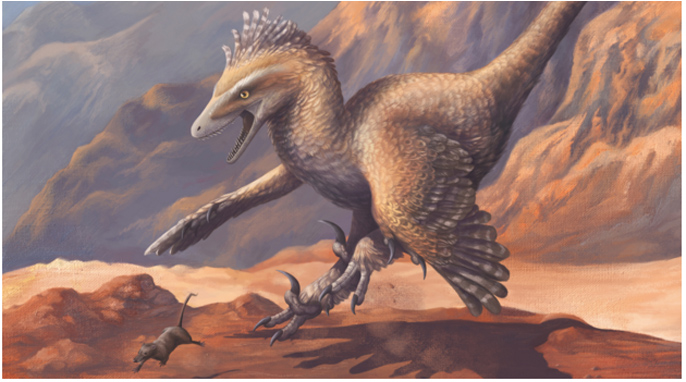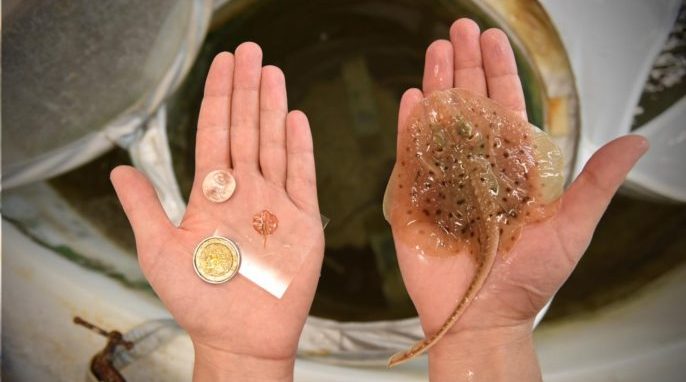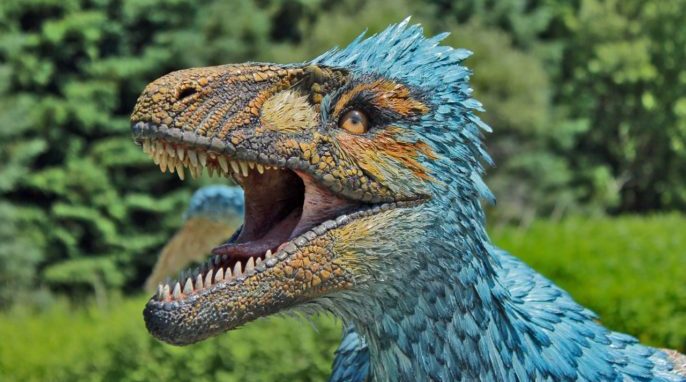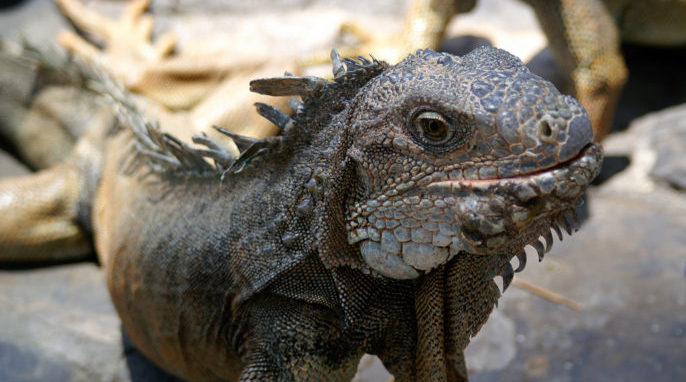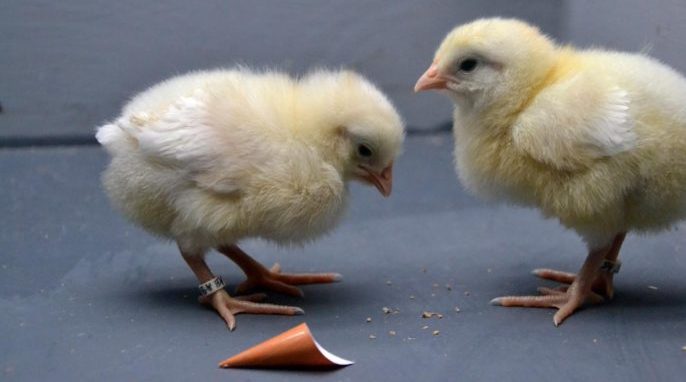Velociraptor Needs Your Help
By Emily Willoughby @eawilloughby Velociraptor! The name strikes excitement into the hearts of dinosaur enthusiasts far and wide, just as the coyote-sized predator’s fearsome visage would’ve excited its contemporaries. Oviraptor, Protoceratops, Pinacosaurus and many others lived alongside this dromaeosaur in the windswept deserts of Mongolia in the late Cretaceous period, about 71 to 75 million years ago. Its ecosystem occupied a region of today’s Gobi Desert known as the Flaming Cliffs, a veritable hotbed of fossils valuable to local markets and to science alike. Thanks to the little fellow’s charisma…
Read More
